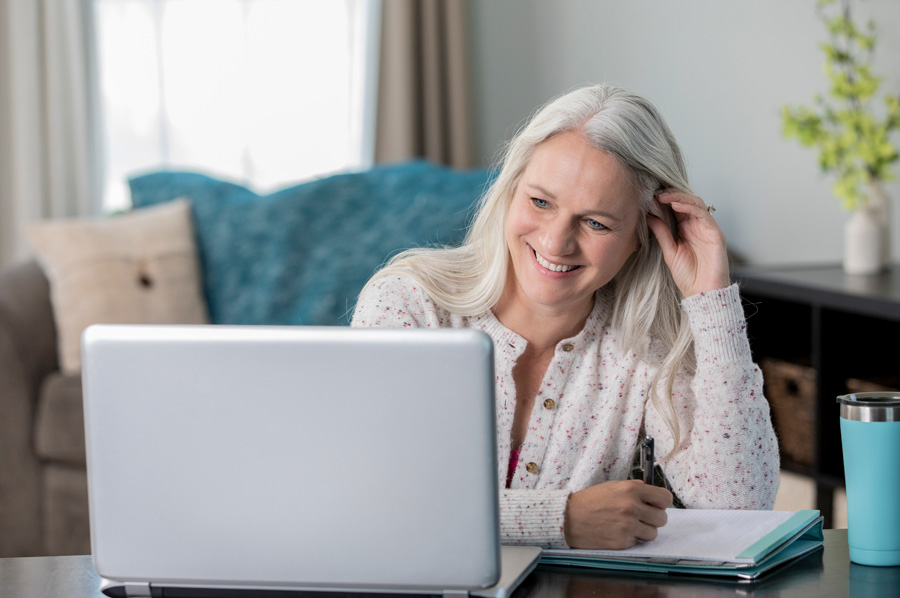Photo: Getty Images
As the world deals with an unprecedented pandemic, it can be hard to focus on much of anything else. May is Skin Cancer Awareness Month, however, and an important reminder that other health concerns haven’t just disappeared. Potential skin cancers are no exception. Many people may find their options for seeing a doctor limited — some dermatology practices are only seeing patients for urgent reasons (such as the removal of a melanoma) and others have closed their physical locations altogether. But that doesn’t automatically mean you have to put your annual appointment on hold, and it certainly doesn’t mean you should put off reaching out about a suspicious spot on your skin. With many dermatologists offering some form of teledermatology during these uncertain times, you may be able to speak with a doctor and have your concerns addressed.
A teledermatology appointment may include a video conference with your doctor, a phone call, sending digital photos of any suspicious lesions or any combination of the three. If you’ve never had a virtual appointment before, here are a few things to keep in mind while you prepare.
Check in with Your Insurance Carrier
Many insurance carriers are making updates to coverage concerning COVID-19 and telemedicine visits during the pandemic. Check whether virtual visits are covered under your plan and, if so, pay mind to any stipulations about how these visits should be conducted. Understanding how coverage and billing work for telemedicine can save you from financial hassles down the road.
Understand How Your Appointment Will Work
Contact your doctor’s office to find out how your appointment will take place. Your dermatologist may want you to send photos ahead of time, so you’ll need to know the preferred and most secure way to send them (an email, a text message or a website portal, for example). If you’re participating in a video call, learn how to access the platform ahead of time. You’ll likely need a specific link to your meeting “room,” a meeting room ID or a password. Don’t let technology issues cut into your appointment time!
Take Quality Photos
If you need to take photos of a spot, mole or lesion on your skin to send to your dermatologist for assessment, there are a few things to keep in mind. First, be sure you have good lighting. Natural light, either outside in a backyard or by a window, is ideal, but for times when that isn’t possible, another direct light source such as a flashlight or reading lamp works too. Take photos from multiple angles so your doctor can get the most complete idea of what the suspicious spot looks like, and be sure to capture it up close for detail and from a distance for scale and so the doctor can see where on your body it is. If you live with someone, ask them to help you with a hard-to-reach spot like your back. It may be helpful to take a picture of the spot with a ruler next to it, so your dermatologist can assess its size. If you don’t have a ruler available try using a small household object, like a dime, to show scale.
Choose the Right Setting
For a video chat with your dermatologist, you’ll want to make sure you’re situated in a suitable spot in your home. A strong internet connection is a must, as is somewhere your doctor can see you clearly. Good lighting is especially important if you’ll be showing your doctor any suspicious lesions during the appointment. Try to find a room that’s relatively free of background noise and distractions. This can be challenging if you are quarantining with your family and pets, but do your best!
Be Prepared with Important Information
As with an in-person doctor appointment, provide everything your dermatologist needs to give you the best care and recommendations possible. This includes making sure they have your up-to-date medical history, a list of your medications (including vitamins and supplements), any current or previous health issues and any allergies. You may also want to write down any questions or concerns you have for your dermatologist ahead of time, then have the list handy during your appointment so you don’t forget anything.





